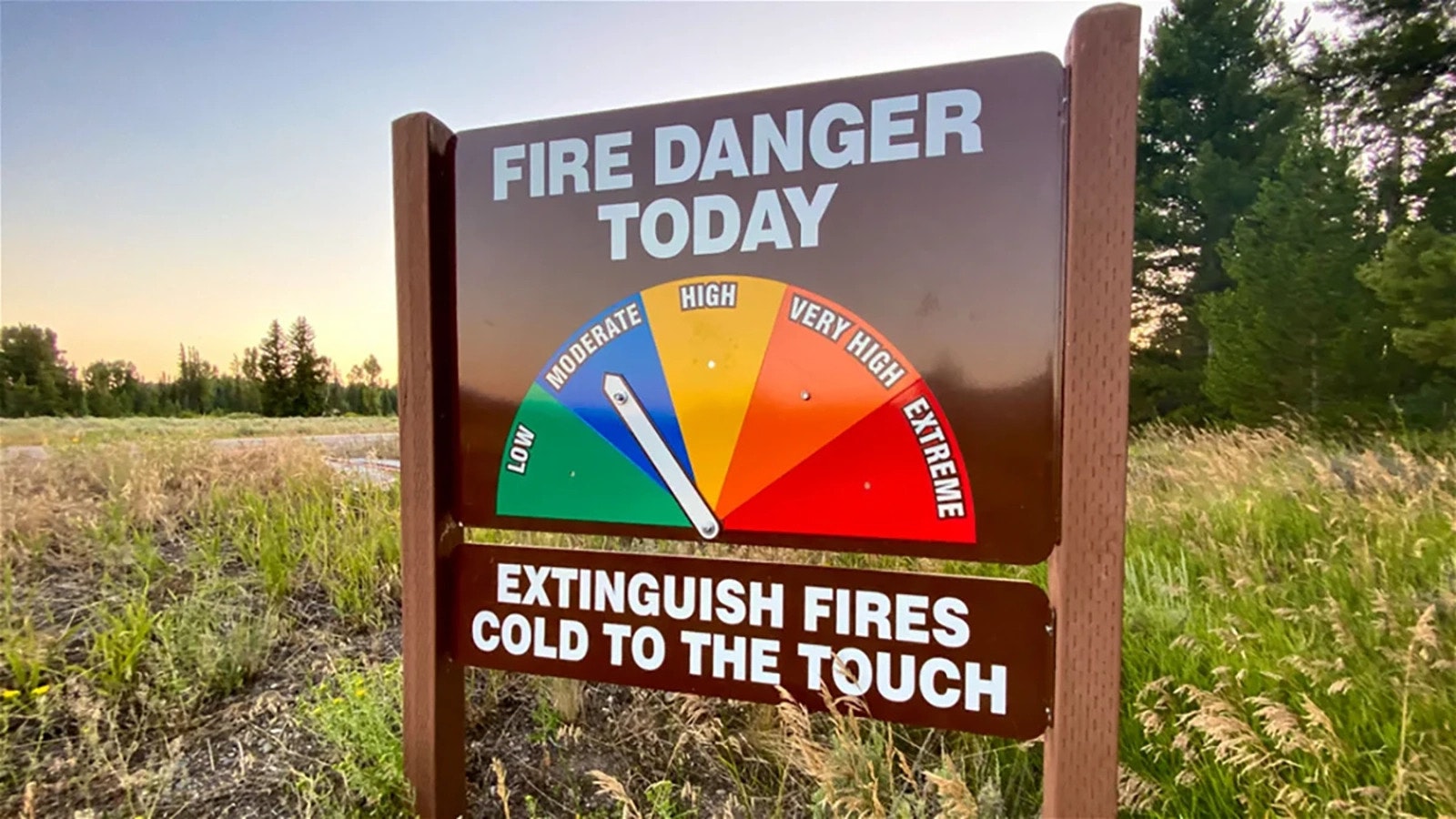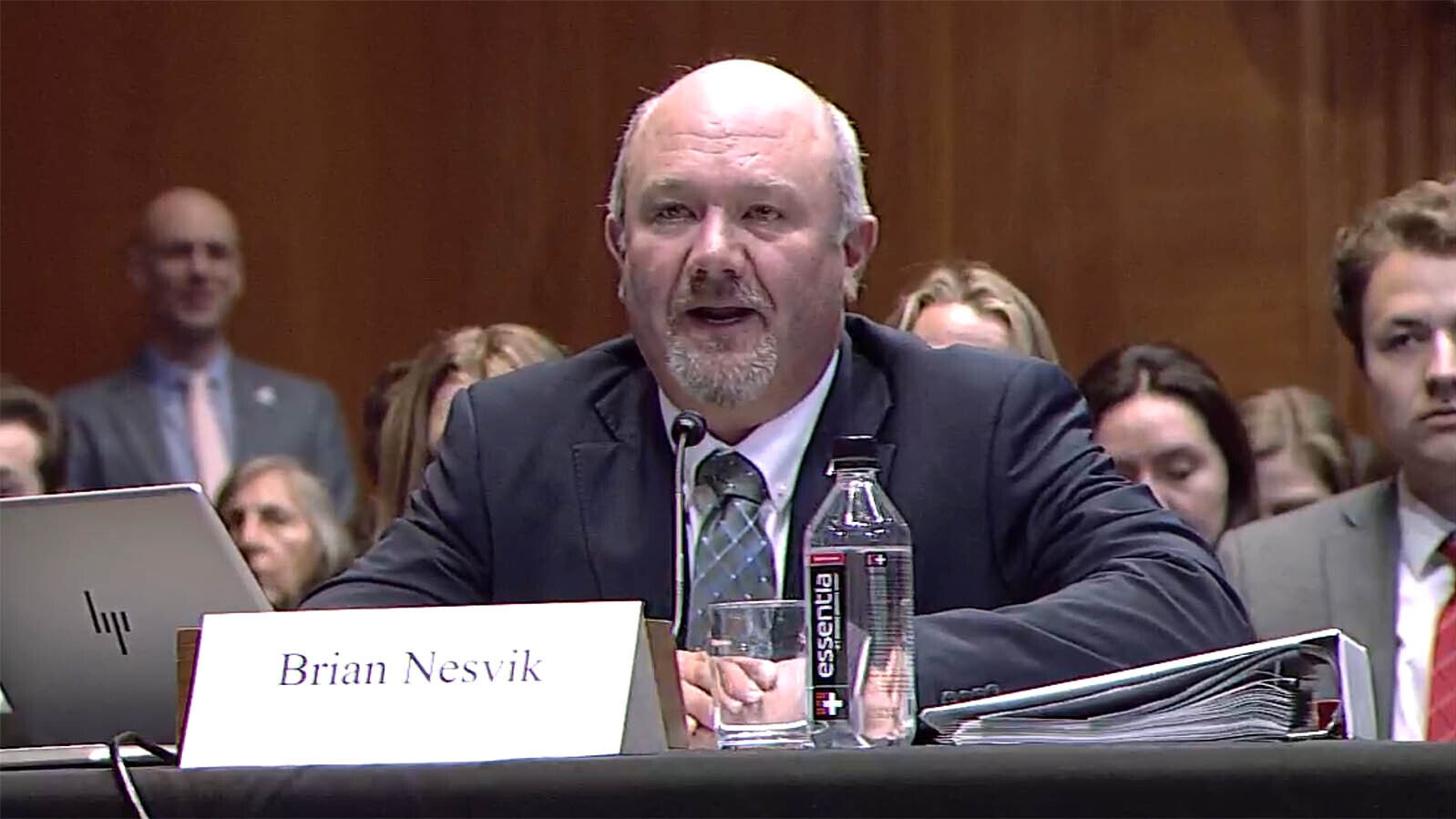A steady stream of rainstorms over the past two weeks coupled with unseasonably cool temperatures throughout the region may have spurred Yellowstone officials to upgrade the park’s fire danger from low to moderate.
Many Cowboy State Daily readers may be asking, with the soggy weather we’ve been having in Wyoming, what kind of weather pattern does it take to get to a low fire danger rating?
In an email to Cowboy State Daily, National Park Service spokeswoman Linda Veress said multiple factors are considered when determining fire danger, in addition to rainfall.
A steady stream of rainstorms since early May throughout most of Wyoming has boosted precipitation totals above average in most areas.
A Wet Wyoming Not Abnormal
Cowboy State Daily Meteorologist Don Day said this recent cool, wet pattern is great to see in terms of dampening wildland fire conditions but is not abnormal.
Precipitation records going back to the 1920s show the La Niña pattern, a cooler flow in the subtropical Pacific Ocean, creates dry conditions in the Western states.
“When we cycle out, we see the Pacific go from La Niña to eventually El Niño, and we see precipitation go well above average here,” Day said. “It’s not abnormal, just a departure from the recent drought period.”
After a long, cold winter, Day said some of the people he talks with are getting cranky about the current pattern. Those folks may want to take a vacation or strap in for more of the same.
Day explained that moisture held in the soil tends to perpetuate the cool, wet flow.
Soil fully recharged with water in the spring acts like an air conditioner and can create afternoon thunderstorms in July and August, he said.
“The sun uses energy to evaporate moisture in the ground instead of just heating the air immediately,” Day said. “Wet periods following drought is how the atmosphere tries to find a balance. Then we get this whiplash that makes people cranky.”
Yes, It’s Wetter
Wyoming has dozens of different micro-climates and in a few places, precipitation measurements are close to normal. However, in several other locales, the rain gauges are showing nearly double normal amounts.
- So far this year, Rawlins has received 8.23 inches of precipitation. Normal is 4.77.
- Jackson has received 10.24 inches; normal is 8.4.
- Casper has received 8.73 inches; normal is 6.21.
- Buffalo has received 8.51 inches; normal is 6.58.
- Cheyenne has received 8.84 inches; normal is 7.20.
- Sheridan has received 10.26 inches; normal is 7.94.
How Do They Determine The Danger?
The National Fire Danger Rating System allows fire managers to estimate fire danger in a given area. The rating system’s key inputs include fuels, weather, topography and risks.
In the latest bumping of Yellowstone to “moderate,” the NPS says that data shows it’s OK to have no fire restrictions. Campfires are permitted, but only in designated fire rings and campfires must be cold to the touch before abandoning.
For more information in fire danger in and around Wyoming, visit the National Park Service online.





